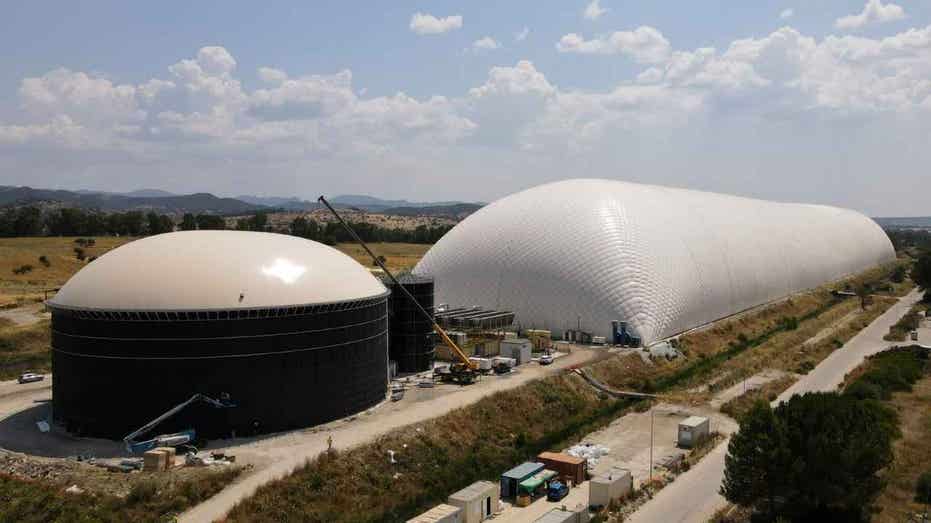Hours before the US election, North Korea launches a short-range ballistic missile.
North Korea fired at least one short-range ballistic missile into its eastern sea, just hours before the U.S. election, military officials said.

North Korea reportedly launched at least one ballistic missile into its eastern sea just hours before the U.S. election.
Whether North Korea fired a single missile or more is yet unknown. What kind of missile it was and how far it traveled are also unknown.
North Korean leader Kim Jong Un oversaw a flight test of the nation's newest intercontinental ballistic missile, which was intended to reach the U.S. mainland, just days prior to the launch. As a show of force in reaction to that launch, the United States conducted a trilateral exercise with South Korea and Japan on Sunday, flying a long-range B-1B bomber.
North Korea claimed last week that the Hwasong-19 it tested last Thursday was "the world's strongest" ICBM, but experts say the solid-fuel missile was too big to be useful in a war situation. Experts say the North has yet to acquire some critical technologies to build a functioning ICBM, such as ensuring that the warhead survives the harsh conditions of atmospheric re-entry.
South Korean officials have warned that the North was likely to ratchet up military displays around the U.S. presidential elections to command the attention of Washington.
South Korea's military intelligence agency said last week that North Korea has also likely completed preparations for its seventh nuclear test.
Tensions between North and South Korea have been at all-time highs in recent months as Kim has repeatedly flaunted his expanding nuclear weapons and missile programs while providing Russia with munitions and troops to support President Vladimir Putin's war in Ukraine.
In response to North Korea's growing nuclear threats, South Korea, the United States and Japan have been expanding their combined military exercises and updating their nuclear deterrence plans built around U.S. strategic assets.






















